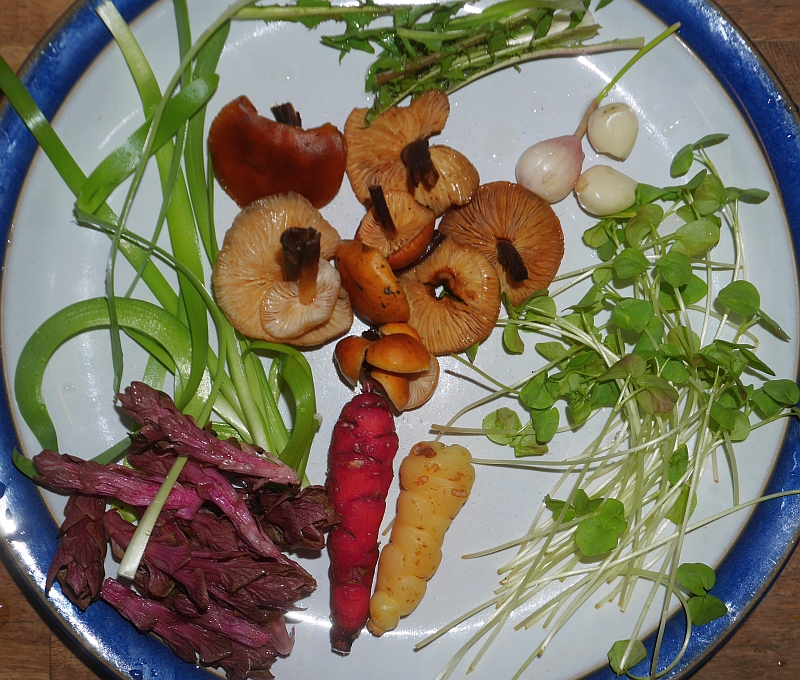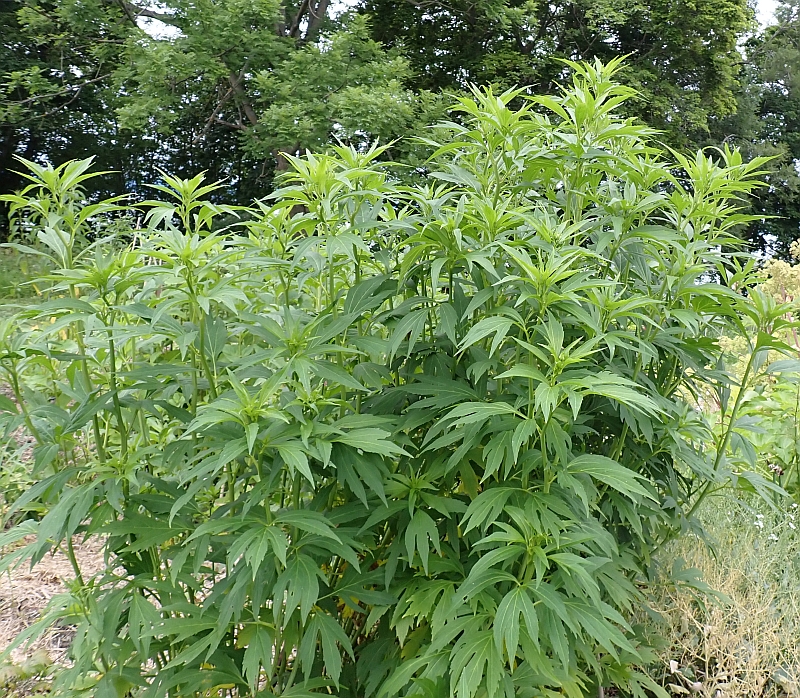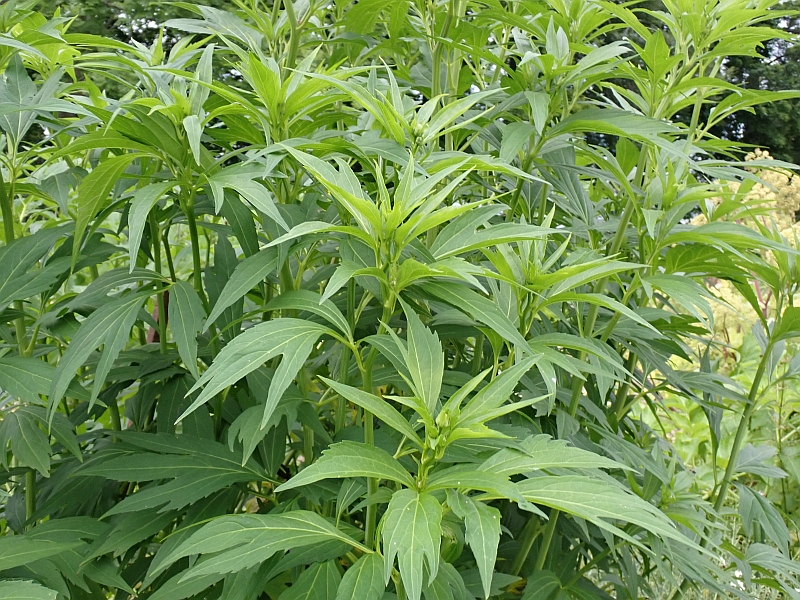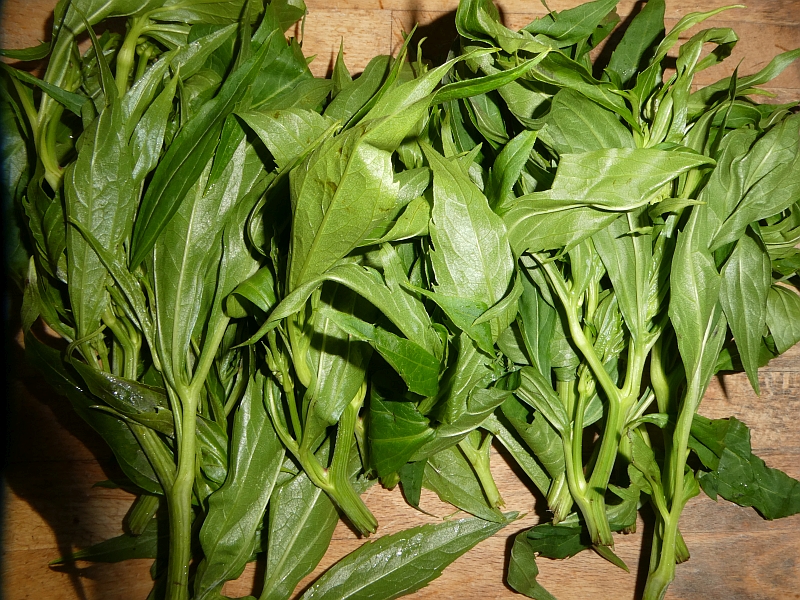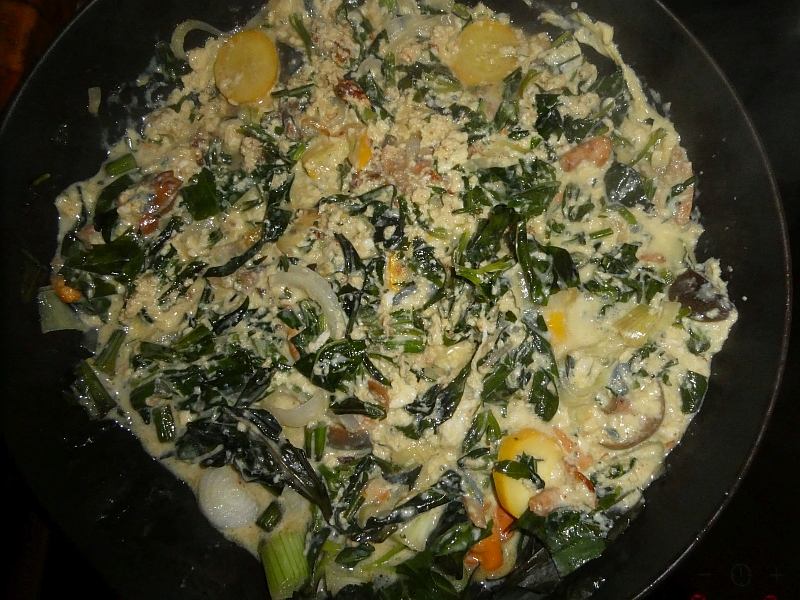Happy Dandy Lions forced in the living room, glad to have been invited into the warmth. Little do they know though that I had a cruel plan to put them into last night’s quiche!
Quiche is one of some 20 generic dishes I’ve evolved over the years for using perennial veg as there are no recipes for the veggies I grow. As always, we use coarse whole grain flour (organic emmer wheat and svedje rye flour). We also used forced Allium senescens onions and leeks and swiss chard from cold storage in the cellar as well as garlic and rehydrated winter chantarelles. Super tasty and healthy!







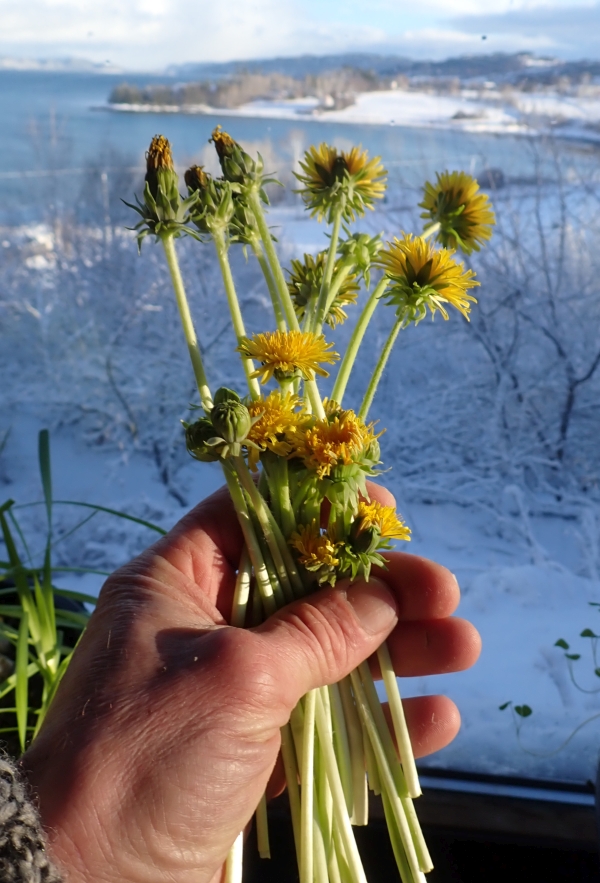

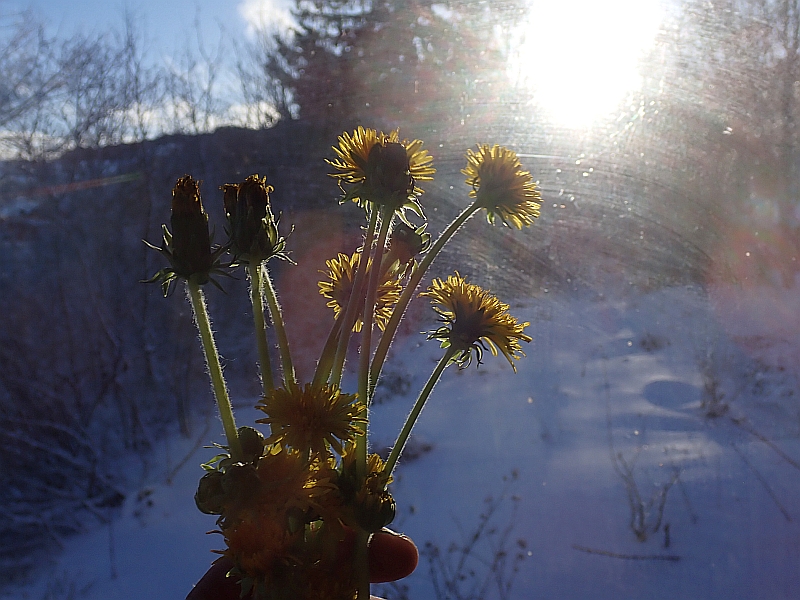


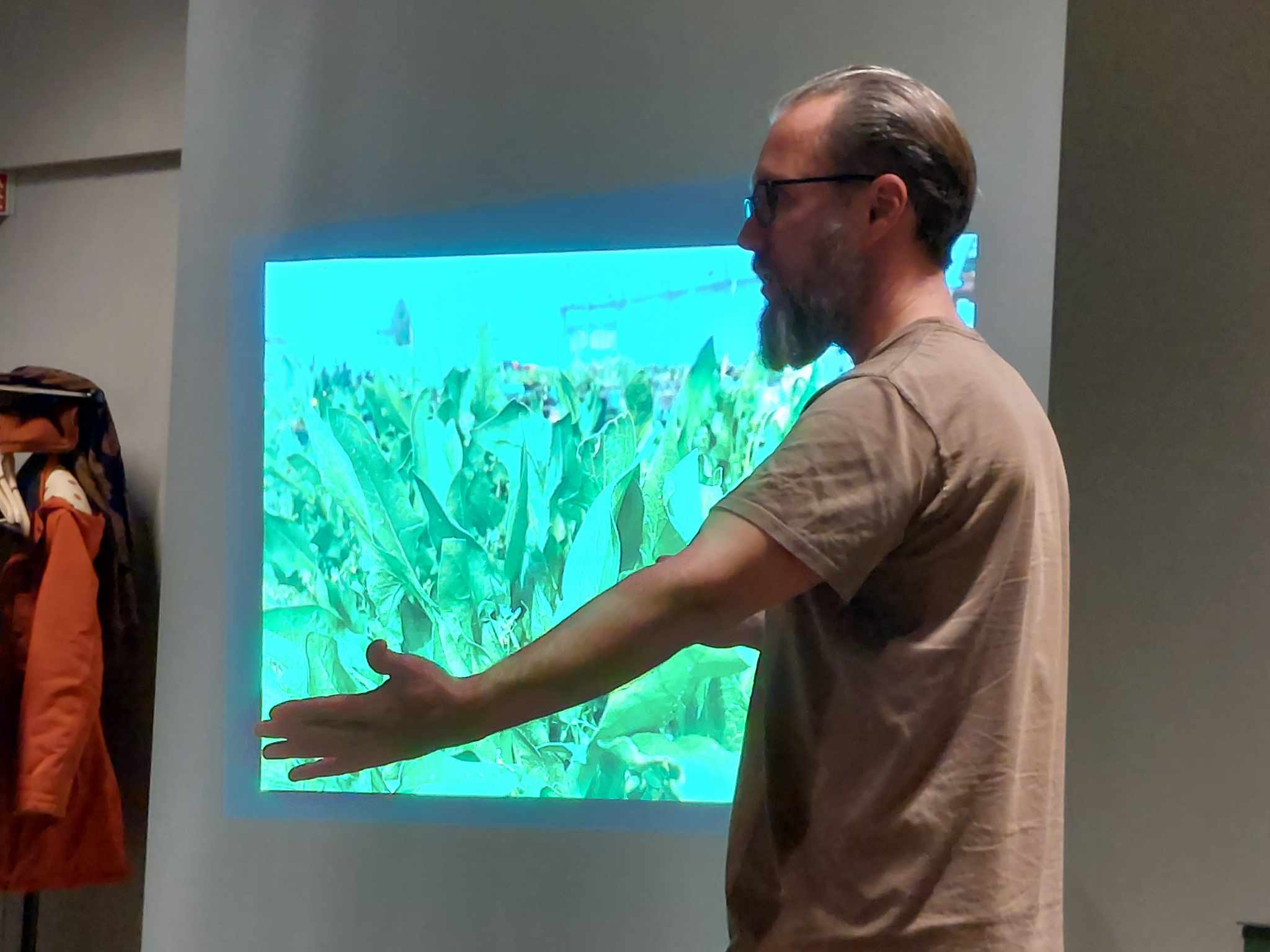
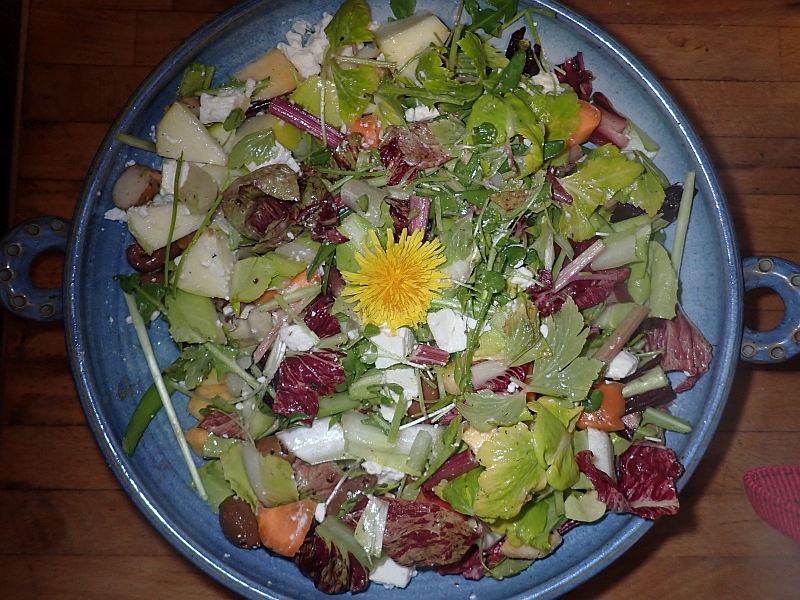
 Salad ingredients: Celery, three chicory varieties, dandelion (including one flower), carrot, Japanese yams, Allium cernuum and Hablitzia (from the garden), Hristo’s onion (Allium flavescens x nutans?), oca (2 varieties), apple (Aroma), horseradish shoots, garlic, chives, wild buckwheat shoots and turnip “Målselvnepe”
Salad ingredients: Celery, three chicory varieties, dandelion (including one flower), carrot, Japanese yams, Allium cernuum and Hablitzia (from the garden), Hristo’s onion (Allium flavescens x nutans?), oca (2 varieties), apple (Aroma), horseradish shoots, garlic, chives, wild buckwheat shoots and turnip “Målselvnepe”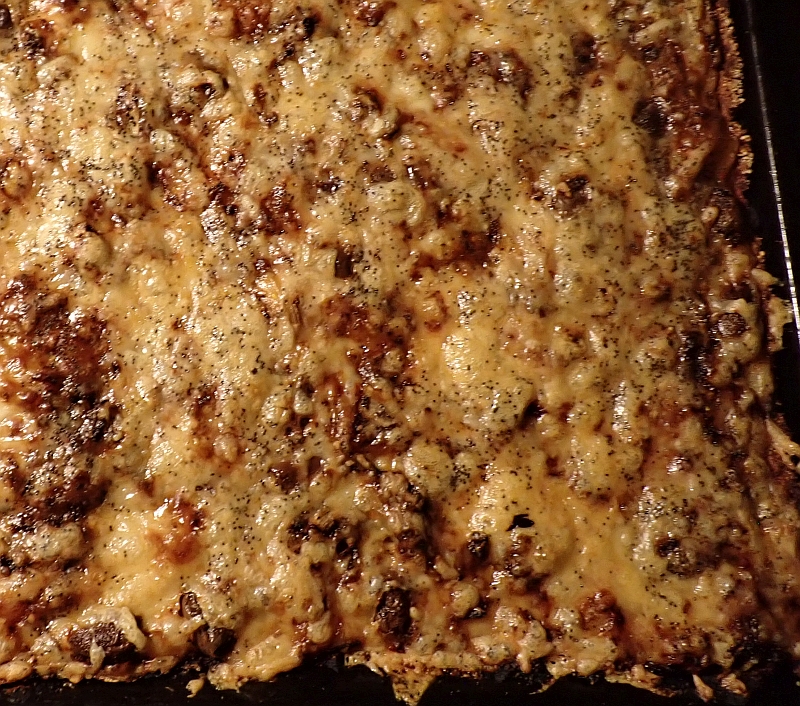
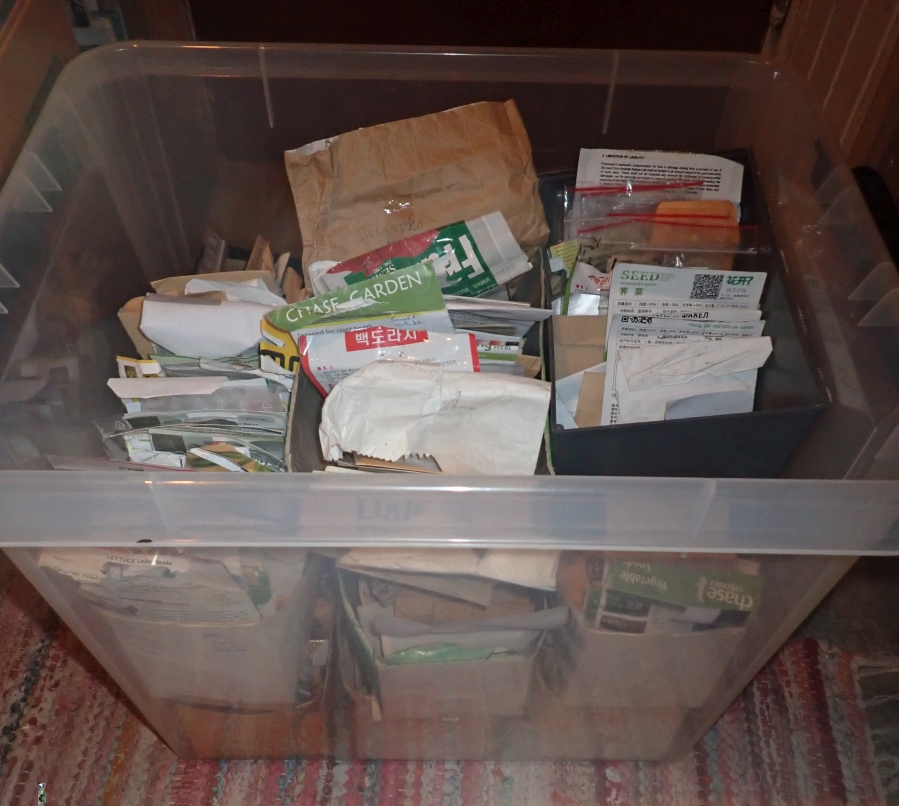
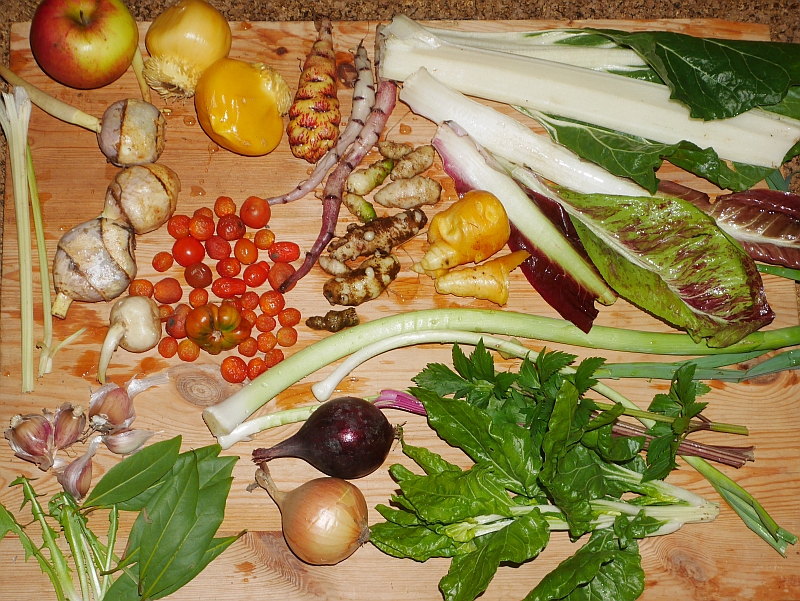
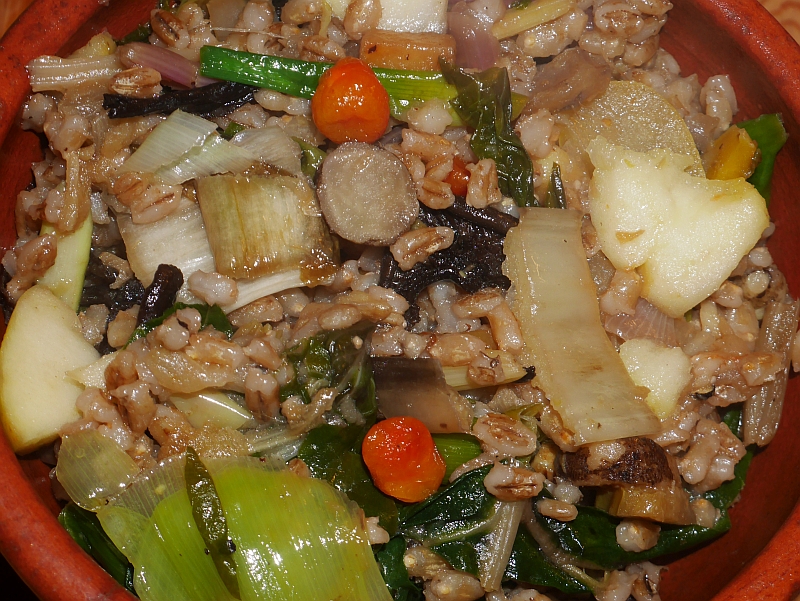
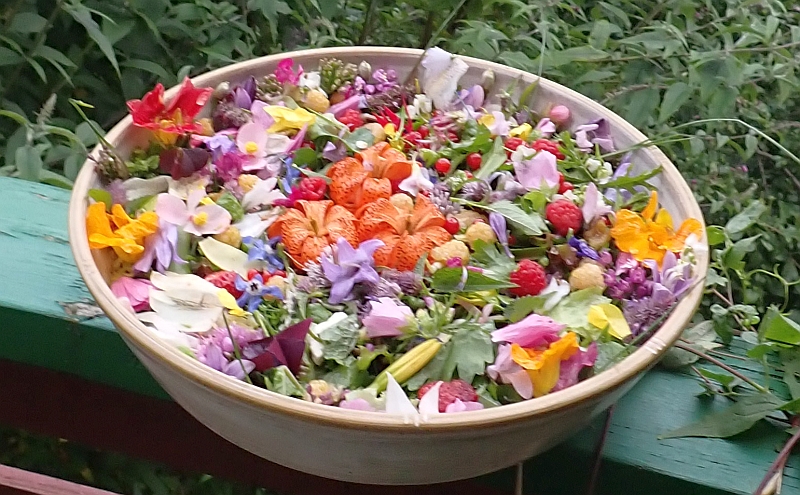
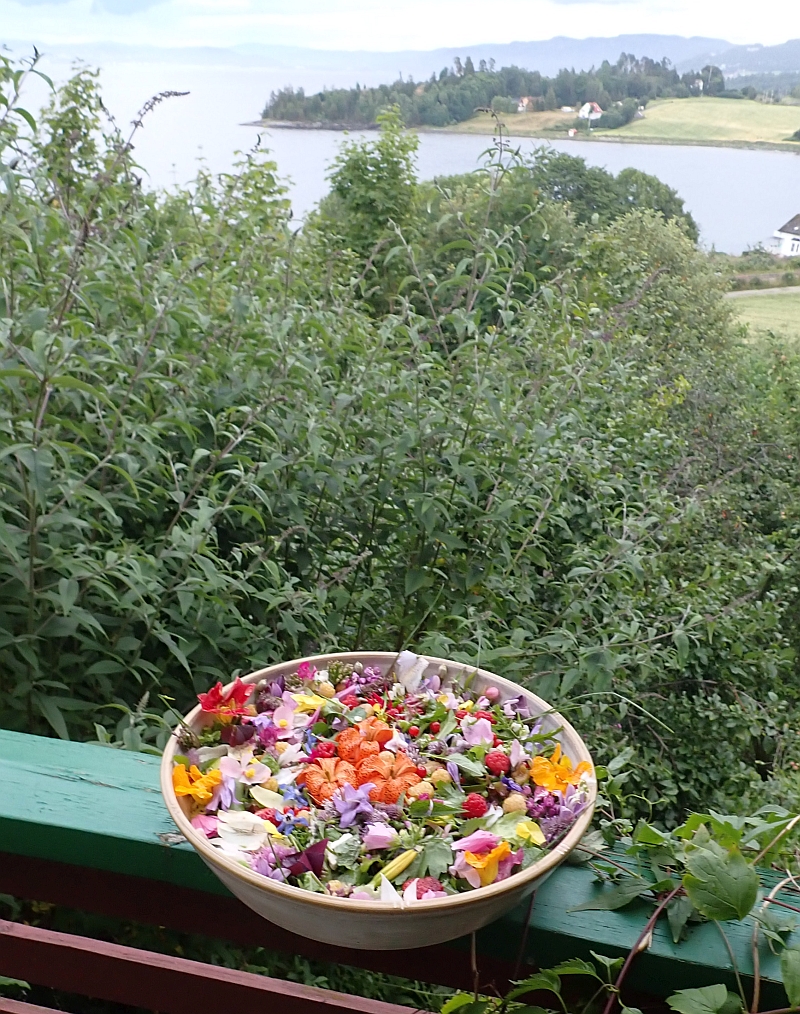

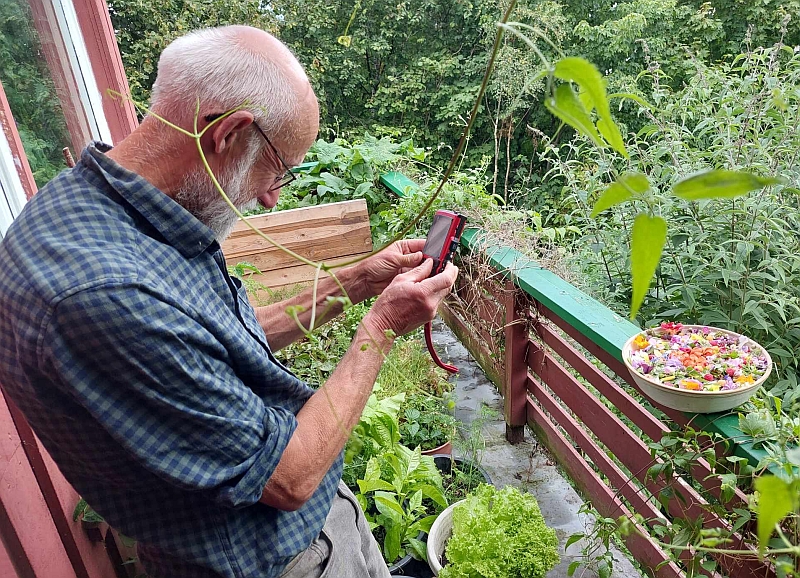
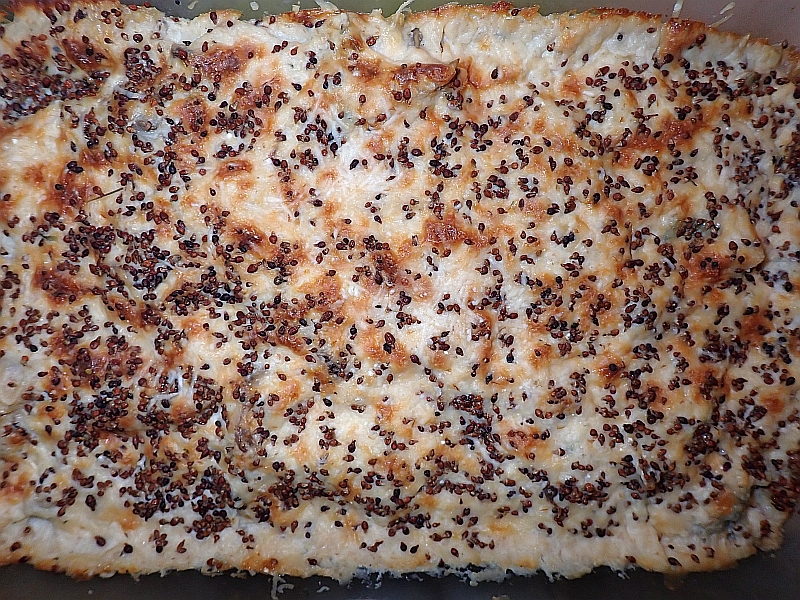

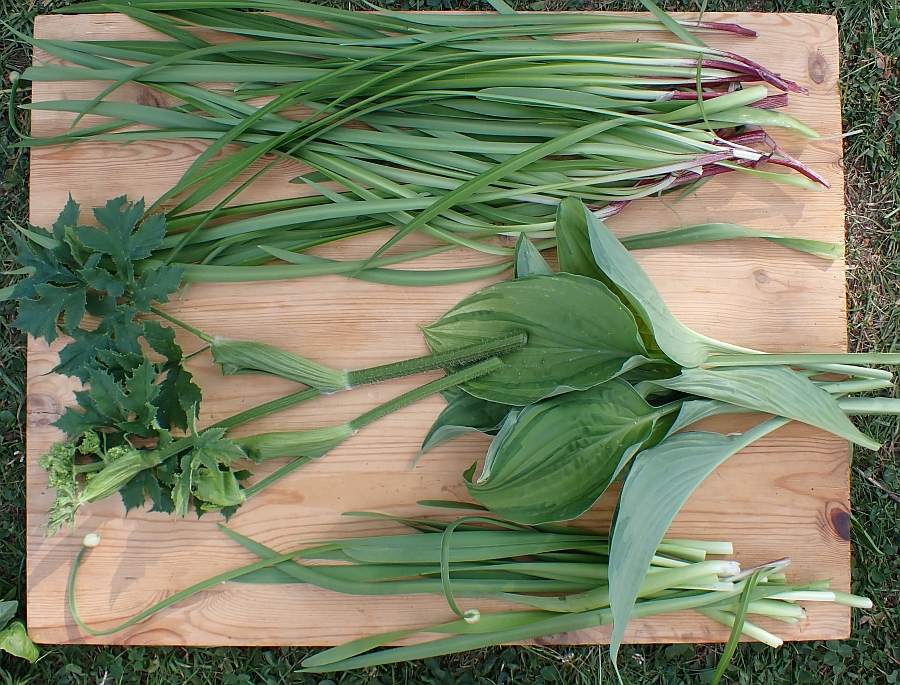 From top and down
From top and down Sochan tops are excellent
Sochan tops are excellent A sorrel I collected at Skomvær, an island outermost in the Lofoten Islands; it is floriferous and has a compact growth form!
A sorrel I collected at Skomvær, an island outermost in the Lofoten Islands; it is floriferous and has a compact growth form!